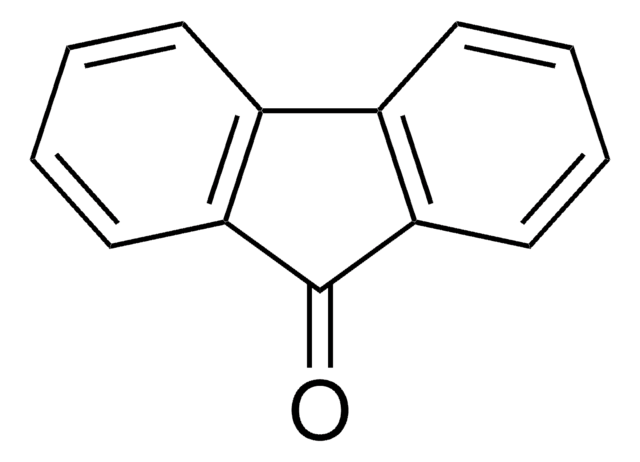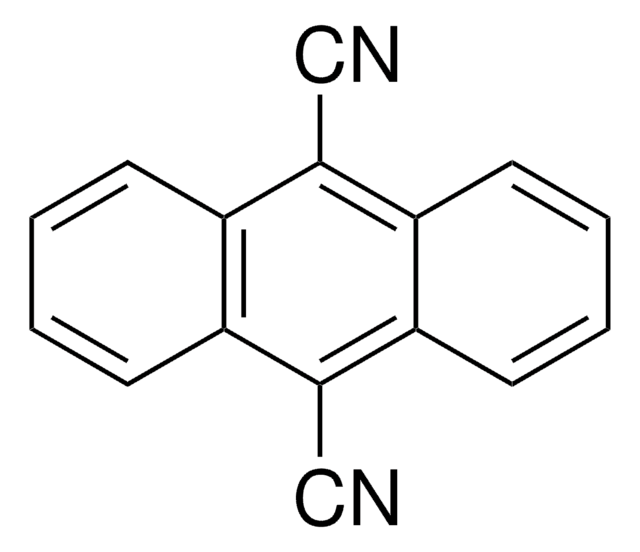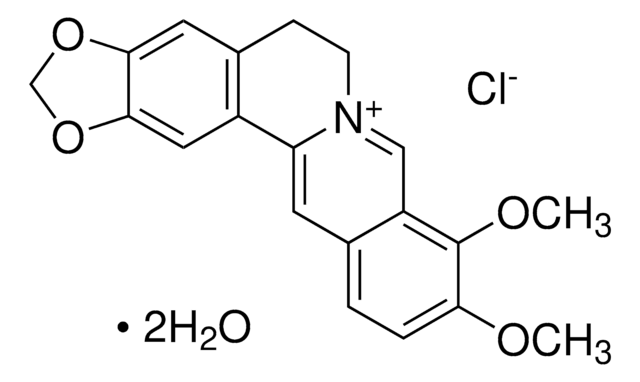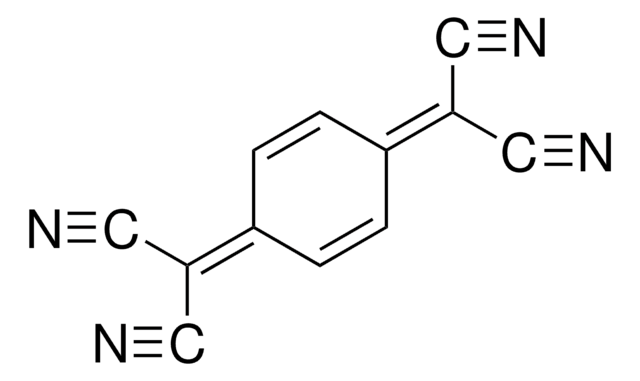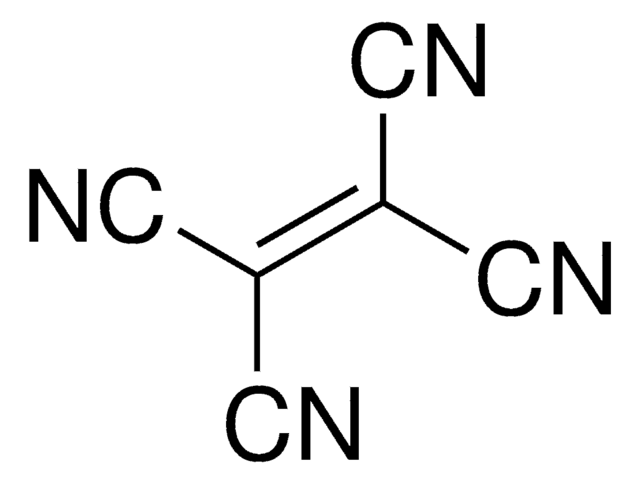D76722
1,4-Dicyanobenzene
98%
Synonym(s):
Terephthalonitrile
About This Item
Recommended Products
Quality Level
Assay
98%
form
powder
mp
221-225 °C (lit.)
SMILES string
N#Cc1ccc(cc1)C#N
InChI
1S/C8H4N2/c9-5-7-1-2-8(6-10)4-3-7/h1-4H
InChI key
BHXFKXOIODIUJO-UHFFFAOYSA-N
Looking for similar products? Visit Product Comparison Guide
1 of 4
This Item | BP1108 | B3251 | PHR1502 |
|---|---|---|---|
| grade pharmaceutical primary standard | grade pharmaceutical primary standard | grade - | grade certified reference material, pharmaceutical secondary standard |
| application(s) pharmaceutical (small molecule) | application(s) pharmaceutical | application(s) - | application(s) pharmaceutical (small molecule) |
| format neat | format neat | format - | format neat |
| API family berberine | API family berberine | API family - | API family berberine |
Signal Word
Warning
Hazard Statements
Precautionary Statements
Hazard Classifications
Eye Irrit. 2 - Skin Irrit. 2 - STOT SE 3
Target Organs
Respiratory system
Storage Class Code
11 - Combustible Solids
WGK
WGK 2
Flash Point(F)
Not applicable
Flash Point(C)
Not applicable
Personal Protective Equipment
Choose from one of the most recent versions:
Already Own This Product?
Find documentation for the products that you have recently purchased in the Document Library.
Customers Also Viewed
Our team of scientists has experience in all areas of research including Life Science, Material Science, Chemical Synthesis, Chromatography, Analytical and many others.
Contact Technical Service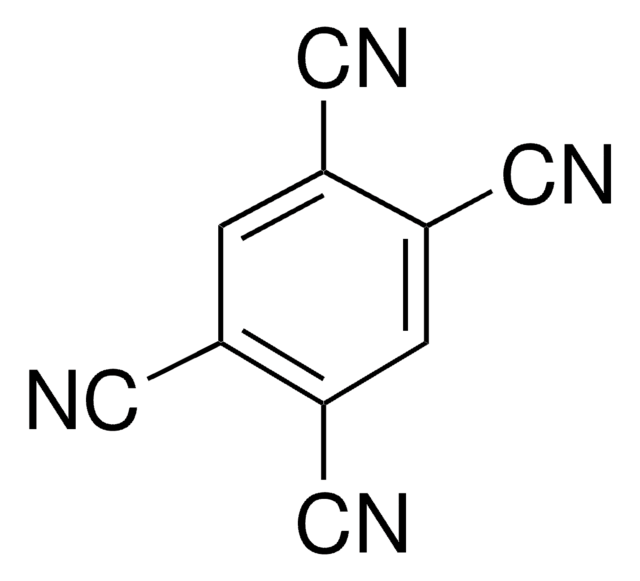
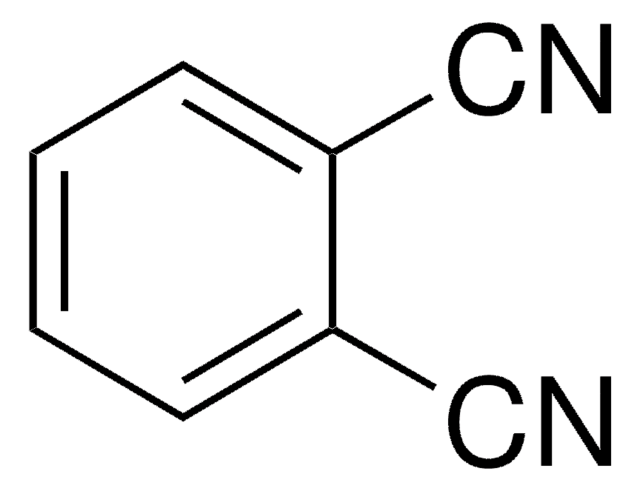
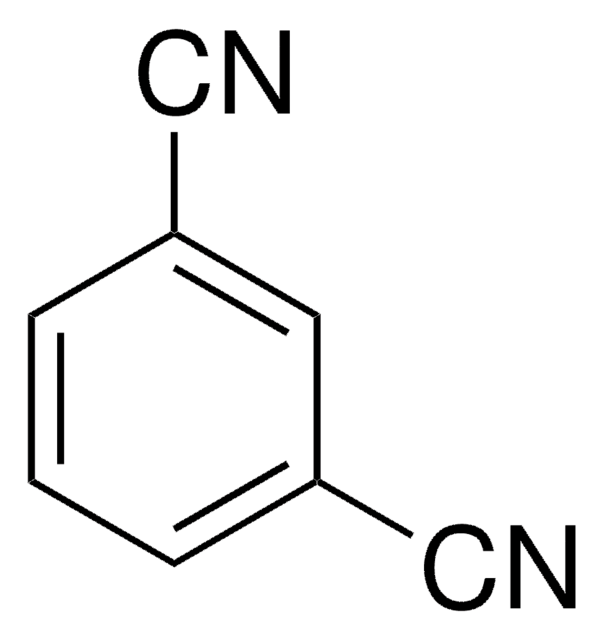
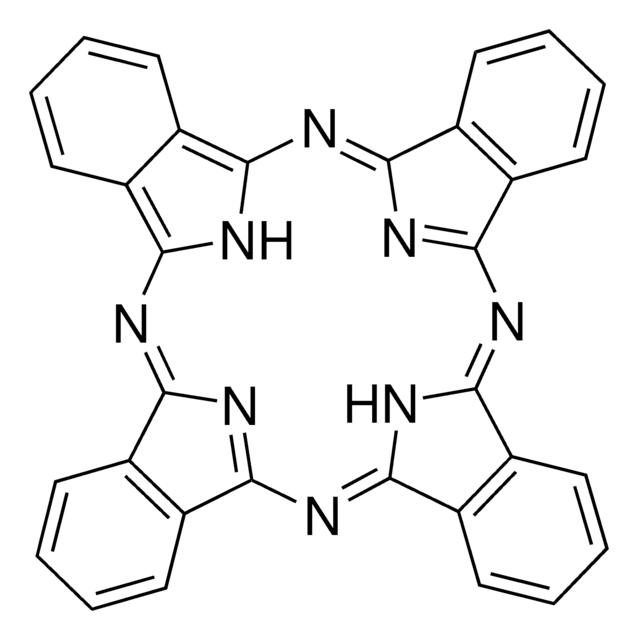
![Dipyrazino[2,3-f:2′,3′-h]quinoxaline-2,3,6,7,10,11-hexacarbonitrile 95% (HPLC)](/deepweb/assets/sigmaaldrich/product/structures/151/558/c0e2c95f-5228-4864-a7a5-4b9765a19840/640/c0e2c95f-5228-4864-a7a5-4b9765a19840.png)
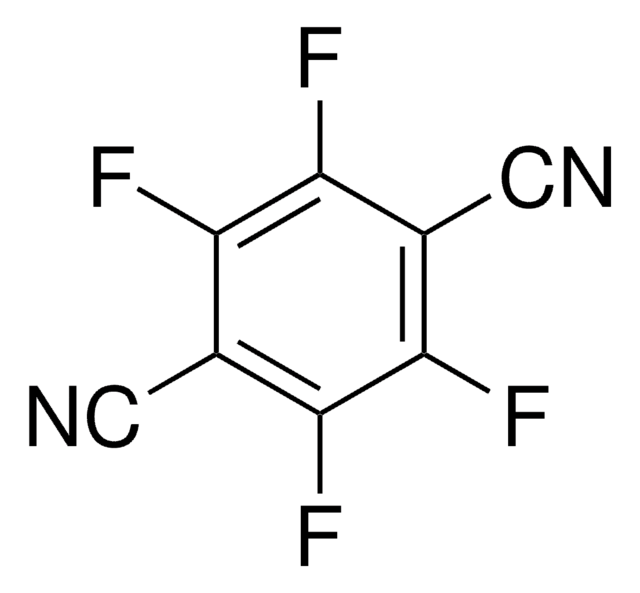

![1,8-Dioxo-1,3,4,8-tetrahydro-2H-pyrido[1,2-a]pyrazine-6-carboxylic acid AldrichCPR](/deepweb/assets/sigmaaldrich/product/structures/145/379/71ba7cd3-d5cf-4da1-a223-43f38d8dbdc0/640/71ba7cd3-d5cf-4da1-a223-43f38d8dbdc0.png)
